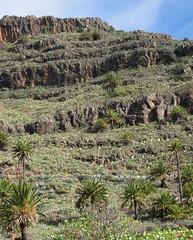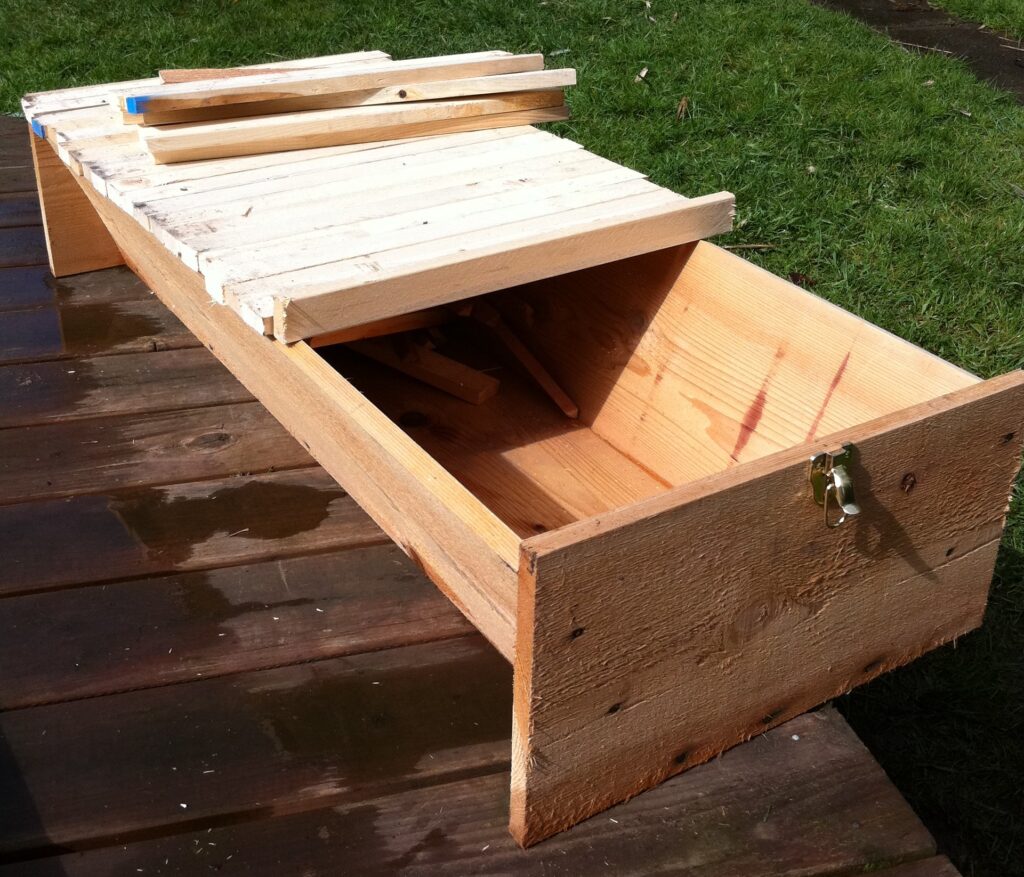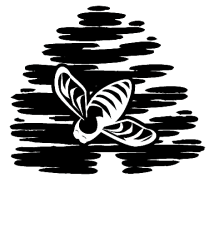 What are those little white dots speckling the cliff wall of this sharp-cragged ravine? Bee hives, of course.
What are those little white dots speckling the cliff wall of this sharp-cragged ravine? Bee hives, of course.
As previously noted, every man, woman and child in Europe is apparently a beekeeper, and there is nowhere we don’t find hives. These hives are improbably set to collect honey from the craggy barrancos (ravines) of La Gomera, but the more interesting honey, from a taster’s point of view, comes from higher up.
La Gomera is home to one of the last patches of laurisilva (laurel) forest that, prior to the last ice age, circled the entire Mediterranean. Set in the remote Macronesian archipelago, it is also home to a host of flora found nowhere else in the world. And where there’s flora, there are bees.
 Always eager to taste the untasted, we bought a jar of Miel de Abeja de Laurisilva, honey made from the nectars of the primeval laurel forest. It has a warm, full, nutty flavor, complete on the spoon by itself, but equally happy to be mixed with hot water, chopped ginger and black tea. First rate, we’re toting a jar home. Get a spoon ready.
Always eager to taste the untasted, we bought a jar of Miel de Abeja de Laurisilva, honey made from the nectars of the primeval laurel forest. It has a warm, full, nutty flavor, complete on the spoon by itself, but equally happy to be mixed with hot water, chopped ginger and black tea. First rate, we’re toting a jar home. Get a spoon ready.









